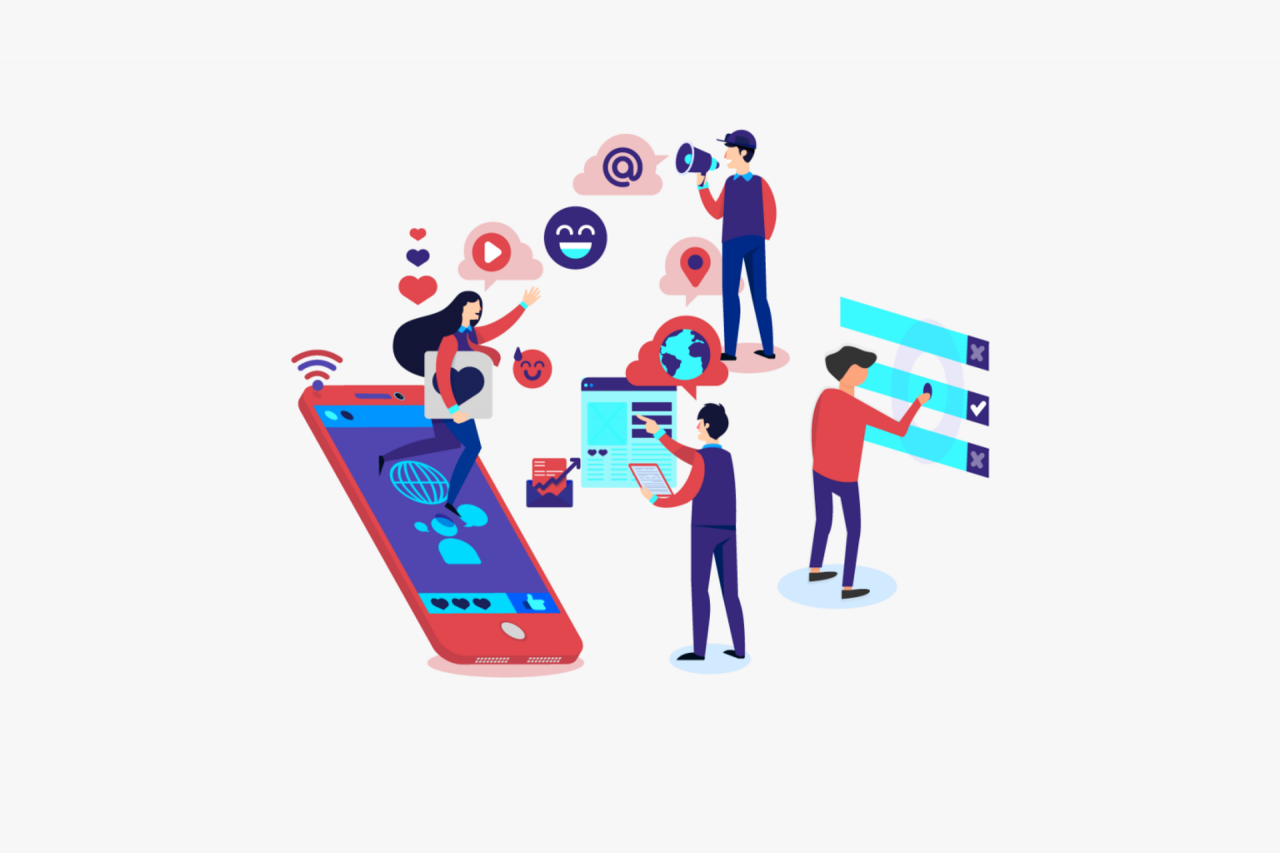Digital Marketing Trends In 2020
Digital Marketing is emerging as global power every year, digital marketers should always be aware of the changes to easily adapt to emerging technologies and stay ahead in the market. These changes in trends will help them gain a competitive edge and become able to develop new ways to grow their businesses, generate leads, and improve the relationship with their existing customers.
1. Voice Search:
Voice search is undoubtedly rising in popularity. According to the study by 2020, 50% of all queries will be voice-based.
There are mainly two types of voice search: Those that are implemented by smart speakers such as Amazon’s Alexa, Apple Home pod, Google Home and Microsoft’s Cortana which give users instant voice answers to their questions and those that are installed in desktops, and smartphones such as Siri and Google Assistant which display written search results.
Digital giants are thinking hard to find out a solution to deliver their best as per promise using devices that are fully voiceenabled, as they are affordable and offer efficient capabilities to the visitors.
2. Innovative Chat Option:
Chabot’s have been rising in the few recent years and still persists in 2019. According to the study and research, 45% of end-users prefer to use Chabot’s as a major means of communication in customer service.
Chabot’s play a critical role in improving the customer experience and allow marketers to better engage with their audience – without really doing much. They offer real-time assistance to the user, dedicated support, and a proactive interaction where they ask questions to understand the real problem.
For instance, a visitor landing on a website is contacted via Chabot and asked to request assistance or get more information about the product. If he selects the first option, he will be referred to a representative for help and if he chooses the second option, he will be asked a set of programed quiz or redirected to their blog or FAQ page.
3. Micro-Engagements:
Customers are largely spending their time using their mobiles for online activities, marketers continue to leverage micro-moments to attract their audience’s attention and fulfill their instant decisions.
Every time a consumer searches for something, looks for a nearby store, wants to finalize a task or makes a purchase, marketers can take advantage of these types of micro-moments to create targeted content and advertising.
4. Virtual Reality Marketing:
Virtual reality ads are one of the major applications that are now used by some marketers. This is a wonderful way to bring static or unreal environments into a more realistic experience, something that would integrate the “offer” with the “reality” of the buyer.
For example, Ikea & Loreal managed to improve their customer experience with virtual reality by allowing them to visualize their products before buying them. Lenskart, Nivea are other examples of big brands that succeeded in augmented reality.
5. Live Interaction Videos:
Live interaction videos and content related to it is the fastest-growing segment of internet video traffic due to the remarkable waves in the recent 3 years. Thanks to Facebook, Instagram, and Youtube,
Live interaction videos are effective because it’s free; takes a short time to produce while it offers a real-time user engagement, and viewers use your content based on your time not theirs.
Additionally, it can generate greater impressions than posts published in the news feed, especially if users choose to post them to their stories.
Live interaction videos allow business owners to engage with their leads directly in the quickest way possible, improve their relationship with followers, reach a broader audience, and boost their social channels traffic.
6. Email Marketing:
As email marketing is getting smarter, marketers have started to care more about sending emails to subscribers who are active on their lists. For example, if a contact highly engages with your emails, he should be regularly nurtured with content and updates about your company until he converts into a loyal customer. On the other hand, if a subscriber hasn’t opened an email for a certain period of time, he will be considered as a dormant contact and will no longer receive additional emails.
There is always a challenge to send the right email to the right segment, marketers need to identify all their leads behaviors. The frameworks users are using may have limitations to classify their audience into different segments based on their behaviors, they can integrate their tools with other applications that allow them to do that. As all the gathered data is determined and different segments are created according to defined criteria, marketers will be able to target their leads more effectively with behavioral-based emails.
7. Browser Push Notification:
Browser notifications are moving faster into the reality of web browser technology and are one of the most popular web development trends for 2019.
Marketing Companies use browser notifications to reach their leads more effectively and communicate with their audience in a more powerful way.
Another major task in such notifications play is retaining customers and improving conversion rates. Many Ecommerce companies use browser push to retarget their shoppers who abandoned their shopping carts and entice them to complete their purchases.
Conclusion:
If You have any queries you can drop your questions below,
we will be happy to solve your problems.
Thanks for reading…!!!
Pattanayak Engineering
https://pattanayakengineering.com/



